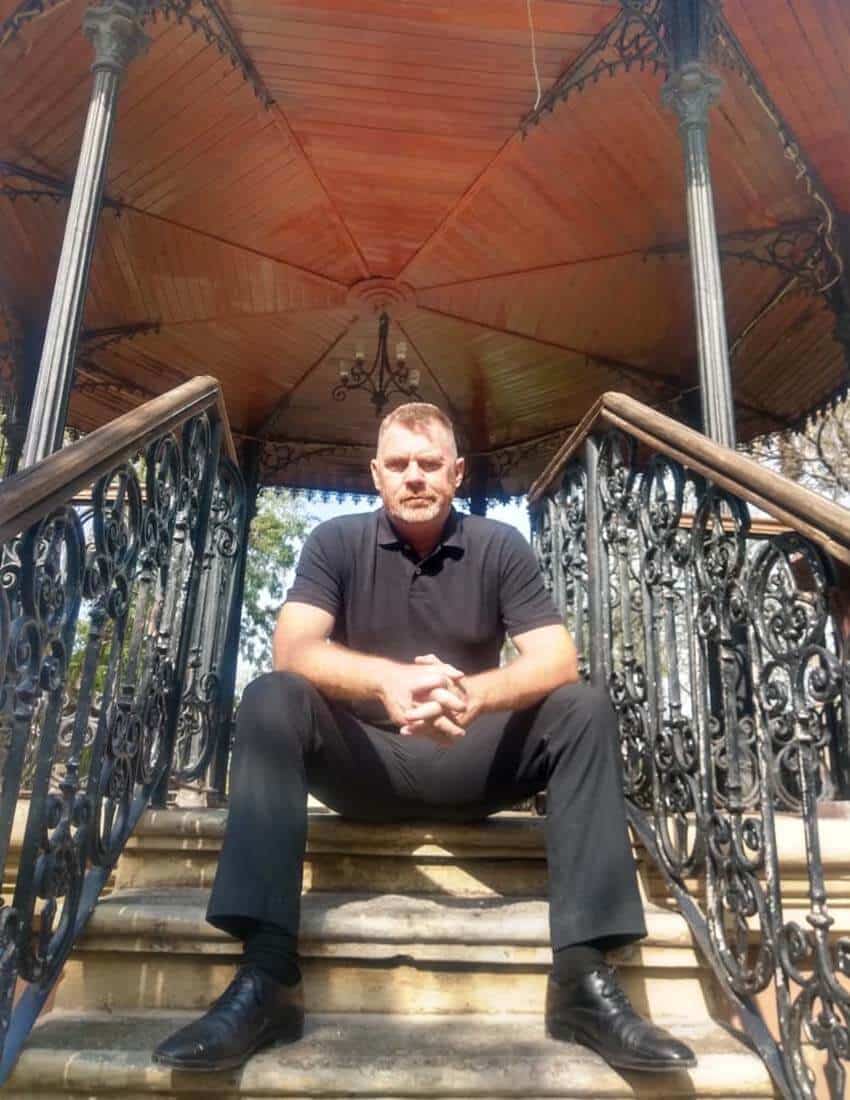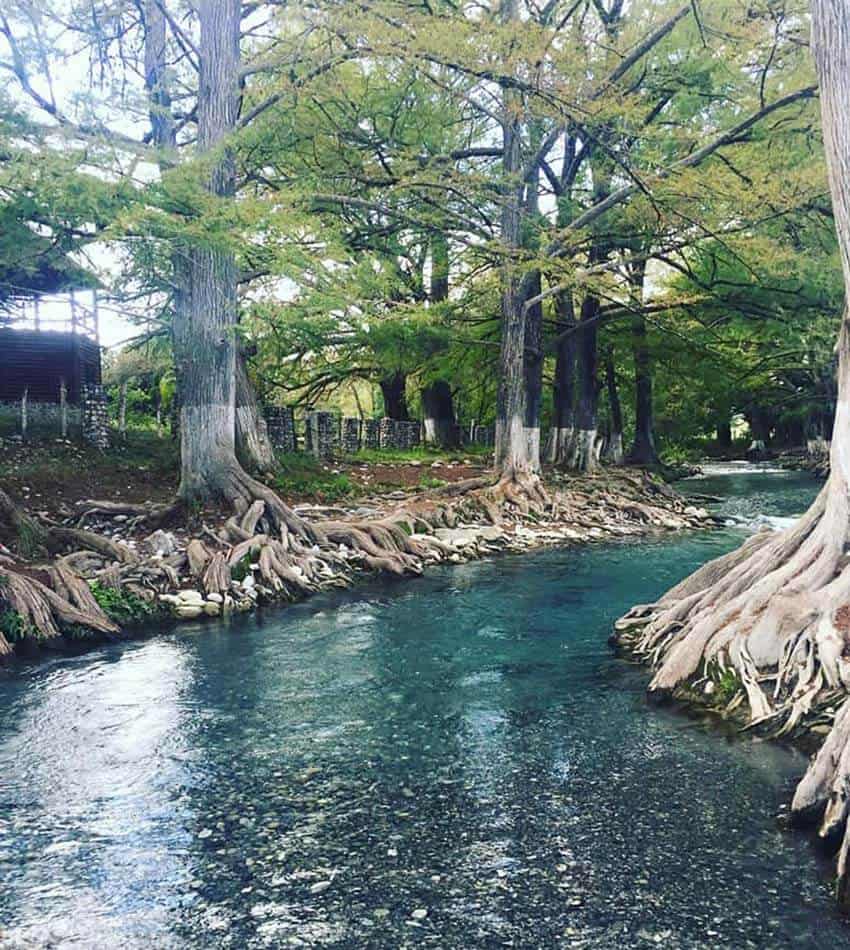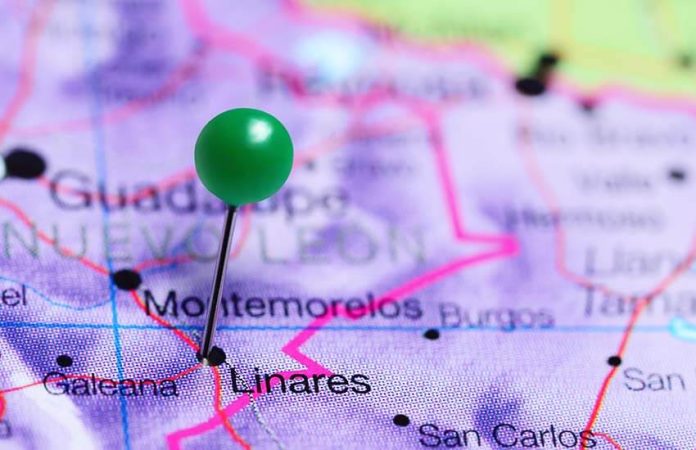Almost every week, I am asked (and I sometimes ask myself) the question: why am I here?
It seems strange to the local people, even after 15 odd years of living here, that a foreigner should chose Linares as his adopted home when many millions of Mexicans dream of living in the United States, Canada or Europe.
They listen to my stock responses with polite interest, but something in the way they look at me implies the unstated question, “Yes, but why are you really here?”
Other than me, a Toronto-born writer, translator and educator raised in the pretty little rural Irish Midlands town of Lanesboro, County Longford, the only foreigners here are pastors, international students or the odd technician flown in for the weekend to fix some infernal machine at Kellogg’s or at one of the other factories inside the parque industrial (industrial park) at the entrance to town.
So I must be a drug dealer, bank robber or deviant on the run from my sordid past?

Their skepticism is understandable. Linares is not the Mexico of the tourist brochures. Unlike Tulum, Puerto Vallarta or Los Cabos — places designed for well-heeled outsiders seeking refuge from the harsh blasts of winter—Linares has no golden beaches, bustling nightlife or ancient pyramids.
Nestled in Nuevo León’s Citrus Belt in the blue shadow of the Sierra Madres, Linares is largely known — if at all — for the norteño music of the legendary Los Cadetes de Linares. And for Glorias, a traditional gourmet candy made from nuts and burnt goat’s milk.
I ended up in this charming, slightly dilapidated city of 80,000 souls seemingly by accident. Fleeing from the Canadian winter in February 2001, I was backpacking around Central America and the Pacific coast of southern Mexico when a friend and resident here invited me to pay him a visit while he did fieldwork for his doctorate.
I had never heard of the place, but as I was on the road anyway, I headed north to the India-shaped state of Nuevo León. Many hundreds of kilometers later, I stepped into the dusty sunlight and looked up into a sky so clear and blue I could hardly credit it.
As I sat in the calm green shade of Linares Plaza, surrounded by a clutch of somber, sun-weathered old campesinos (farmers) wearing white cowboy hats, I felt a sudden intense sensation akin to déjà vu.
One muggy June afternoon, I was reading the news in a cybercafe when a woman approached and invited me to interview for the position of English teacher at a prestigious local school. As I understood very little Spanish, I smiled, shrugged my shoulders and asked, “When is it?”

“Mañana,” she said.
At noon the following day, a young English teacher named Verónica Garza Flores interpreted. We have been married 18 years now and have two beautiful little girls, Kathleen and Emma.
They are happy here, therefore I am happy. I would be happy anywhere as long as I was with them.
However, there are many other reasons why I enjoy living here. The average temperature in Linares is 22.4 C. After years of battling depression, seasonally deepened by Irish rain and Canadian snow, slush and ice, it was a delight to discover that the regular sunshine here is a natural mood enhancer, spiking my system with daily doses of serotonin.
The pace of life is slower — more in sync with agrarian rhythms than factory clocks — which for a country boy like me is familiar and therefore comforting — and Mondays are less stressful.
Unlike border cities such as Reynosa or Tijuana, where homicide rates are among the highest in the world, crime in Linares is more of the unorganized type — petty theft, burglary, drug abuse and drink-fuelled social violence. Apart from a rash of drug-related killings between 2006 and 2010, violent death is uncommon. In fact, Chicago, Houston and Vancouver are much more dangerous places in which to live.

The food in Linares is also excellent and comes in a diverse variety of shapes, forms and combinations. Among the most popular local dishes are cabrito (kid goat), a regional specialty, and tacos of every kind (carne asada, barbacoa, trompo, tripa) especially tacos agachados, a cheap working-class dish of mincemeat, cabbage, tomato and onions stuffed into small red tortillas and served with cube-shaped fried potatoes.
Other popular treats to be found in the local markets are queso del rancho (homemade cheese), chorizo, honey, and a variety of cactus jams and jellies. When I’m feeling in the mood for a little sweet bread to go at with my coffee, I tend to visit the famous local bakery in the center of town, Panadería La Flor.
In artistic terms, Linares is something of a blank slate. In the English-speaking world, apart from a mention in Under the Volcano, Malcolm Lowry’s classic novel, the only other reference to the city I know of is to “the snow-capped peaks of Linares” in Jack Kerouac’s novel Big Sur (Linares lies in a valley, but then, the author was known to go on the odd extended drug-and-booze-addled bender.)
Indeed, other than the odd brief text in a travel book, you would be hard-pressed to find much written about Linares in Spanish either. As a writer, I view this as an advantage because I am not unduly influenced by other scribblers when contemplating the history and culture of the city, as well as my place in it.
As for art — or what passes for art in these parts — I am more partial to the work of storefront painters than the pretentious and gaudy religious-themed paintings of the local (con-)artistes.
My daily round here during these dangerous days of COVID-19 consists of giving classes; reading; jogging; overeating; writing poems, articles and personal essays; conducting interviews and watching my beloved soccer team FC Bayern Munich in the comfort of Bar el Dáil — my private Irish pub.

We are also constantly improving and upgrading our house, which involves dealing with workmen and making frequent trips to the hardware store for building materials. I also talk to my parents in Canada. (My mother lives in Milton, Ontario, my father in Toronto.)
Our daughters take karate classes three times a week, study online, play computer games and watch movies. As often as we can, we visit the neighboring town of Hualahuises to bathe in its clear, cold rivers and feast on the exquisite local cuisine.
Despite the passage of 20 years and the inescapable facts of debts, social obligations, work problems and other quotidian universal stresses, Linares remains a serendipitous refuge — strange enough to me still that I maintain the illusion that I am somehow on vacation, elsewhere, somewhere not “at home,” wherever that is anymore.
I miss many things about Lanesboro and Toronto, but as long as I continue to avoid the dreaded sensation of becoming stuck in a rut, I will probably stay in Linares. With little difficulty, I could quickly elaborate a list of drawbacks to living here too, but show me the person who from time to time doesn’t wish they were elsewhere?
Colin Carberry is a Canadian-born and Irish-raised writer who lives in Los Linares, Nuevo León, with his wife and two daughters. He has published four poetry collections and his work has appeared in publications in North America, Europe and Asia.
